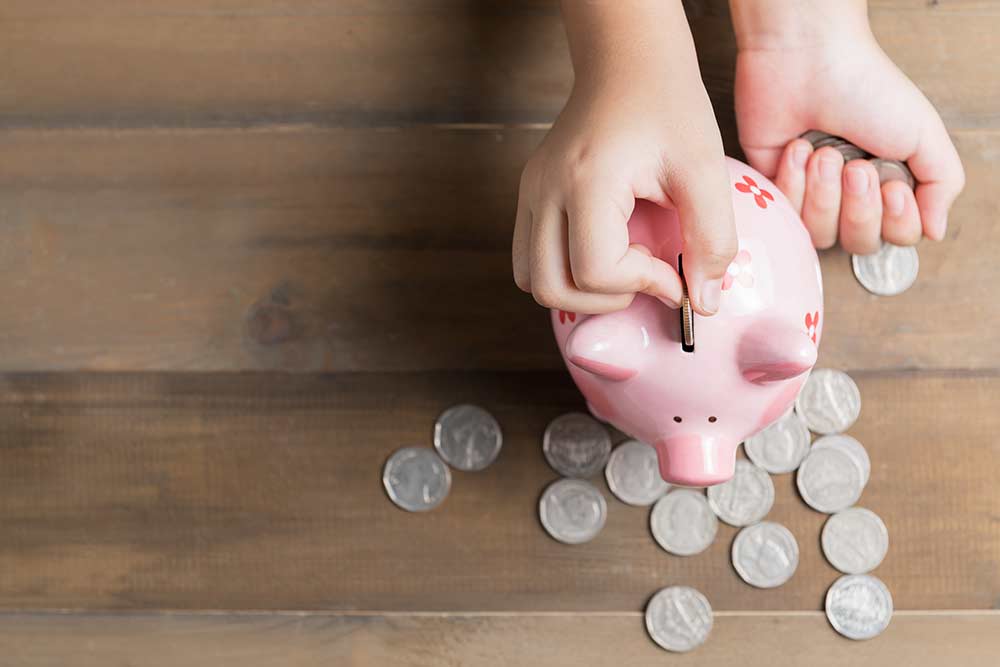How Much an Addict Spends on Drugs and Alcohol
Just how much does an addict spend on drugs and alcohol? The answer will, of course, depend on the individual addict and the type, degree, and severity of their addiction. But, a
recent article in VICE estimated the average daily cost burden of substance abuse broken down by drug of choice, by asking drug and alcohol addicts what they spend on average to maintain their habit:
- Cocaine, at $60/gram, could cost you somewhere in the range of $450-1,200 per day. (One addict who spoke with VICE said she was making $3,700 weekly as a stripper, and that almost all of her wages went towards cocaine.)
- Crack, in contrast, is cheaper although still very expensive: $225 per day on average.
- Prescription opiates, at $3 for a 4mg pill, can cost around $75 per day.
- Alcohol, while cheaper, costs an alcoholic on average $50 per day.
- Heroin sells for around $220/gram, so a heroin habit can cost up to $375 per day. (At this rate, one heroin addict reportedly told VICE that he spent $10,000 on heroin in only four months.)
From a quick survey of the above cost breakdown, then, it’s easy to see why “the actual dollar cost of addiction for an individual can be catastrophic,” as the article concluded.
Other Ways to Consider the Costs of Drug Addiction
Obviously, then, a drug or alcohol addiction can cost you a daily fortune. But there are other yardsticks by which the financial toll of drugs and alcohol has been measured. For example, an
article in Forbes examined the relationship between addiction and poverty, noting that drug addiction can easily cost at least half of an annual income at the poverty level.
The same article showed how the cumulative nature of addiction can cause a snowballing effect with respect to the consumer cost burden. Take smoking, for example. The average pack of cigarettes costs roughly $6 (depending on where you live and state taxes). Someone may start out smoking one pack per week, but as their nicotine tolerance grows, what was once one pack a week is now two and then three packs a week, until that person is now smoking one pack per day.
In this way, an addiction that originally cost $6/week is now costing you $42/week—not to mention your lungs and your health. As more perspective, you’re now paying $2,160 annually for that pack-a-day habit, and this amount ($2,160) is 10 percent of an income at the poverty level.
When almost 30 percent of smokers are below the poverty level, according to a
report by the Centers for Disease Control, such considerations raise some interesting questions about the nature of the link between smoking and poverty.
How the Costs of an Addiction Include the Money You Could Be Investing and Multiplying
The costs of addiction don’t just equate with the face value of the money you’re parting with, moreover. This is because you also need to take into account how you could otherwise be investing those same funds, as a 2013 article in Bankrate helped to explain, by using alcohol consumption as an example:
- Consuming just five drinks per week at a cost of $6/drink will cost you $1,560 by the end of the year.
- The same amount, if invested annually, could yield a return of more than $123,000 after 30 years.
Another Hidden Cost of Drug or Alcohol Addiction
In addition to the potential investment returns that you’re missing out on by forking up daily cash to feed a drug or alcohol addiction, you may also be spending a whole lot more money on healthcare expenses. An
article in the Journal of Mental Health Policy and Economics found that people with a drug or alcohol addiction spend about twice as much on healthcare than people of the same age and gender who do not have a drug or alcohol problem. And there are other real costs of addiction involving work and family, too. (
Learn what they are and how they can be nothing short of catastrophic.)
If you’re in financial distress because of a drug or alcohol addiction, you need to know that you are not alone and have options. Learn about the cost benefits of treatment. Or, explore how you can get free of an addiction and its financial toll by call





